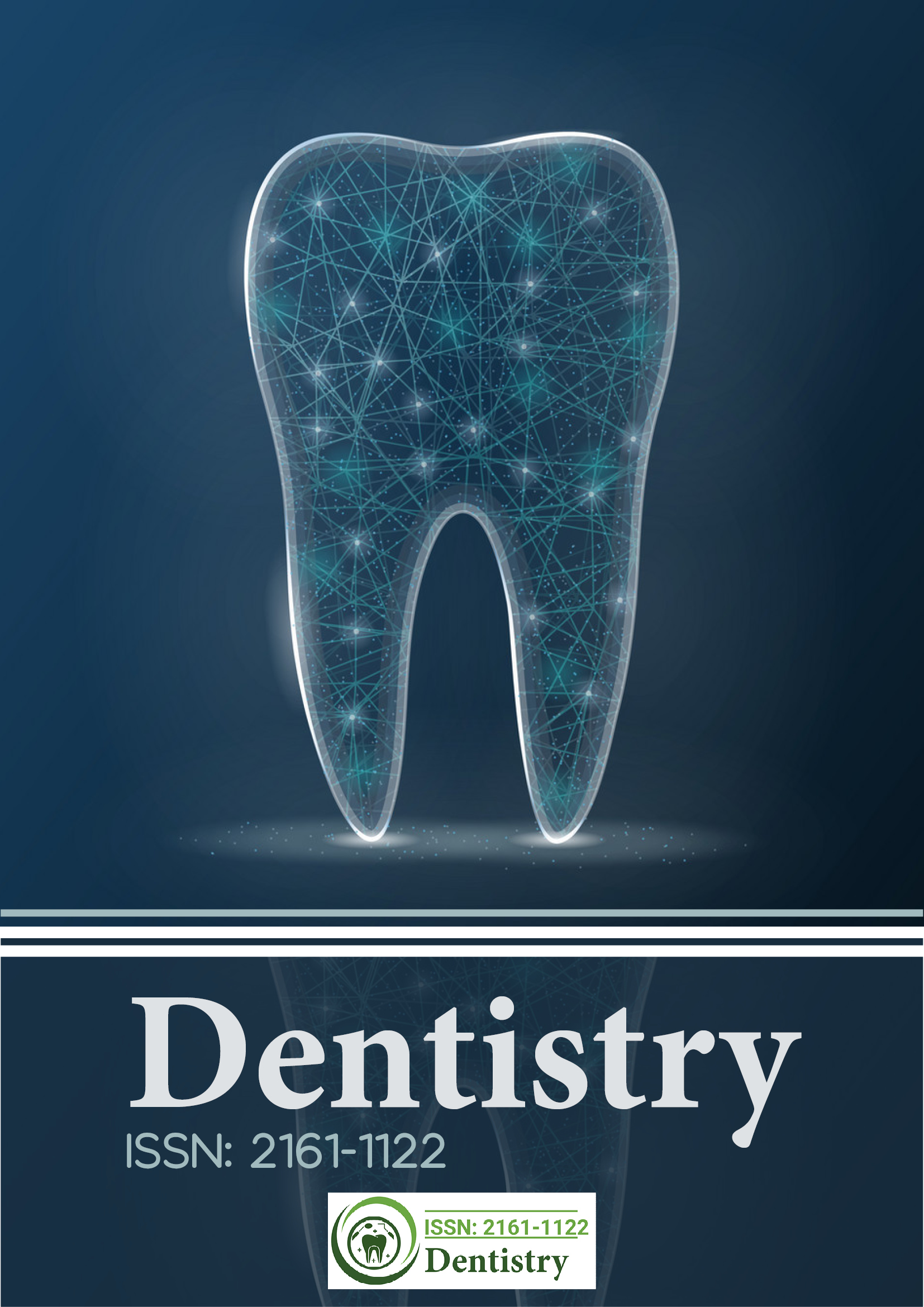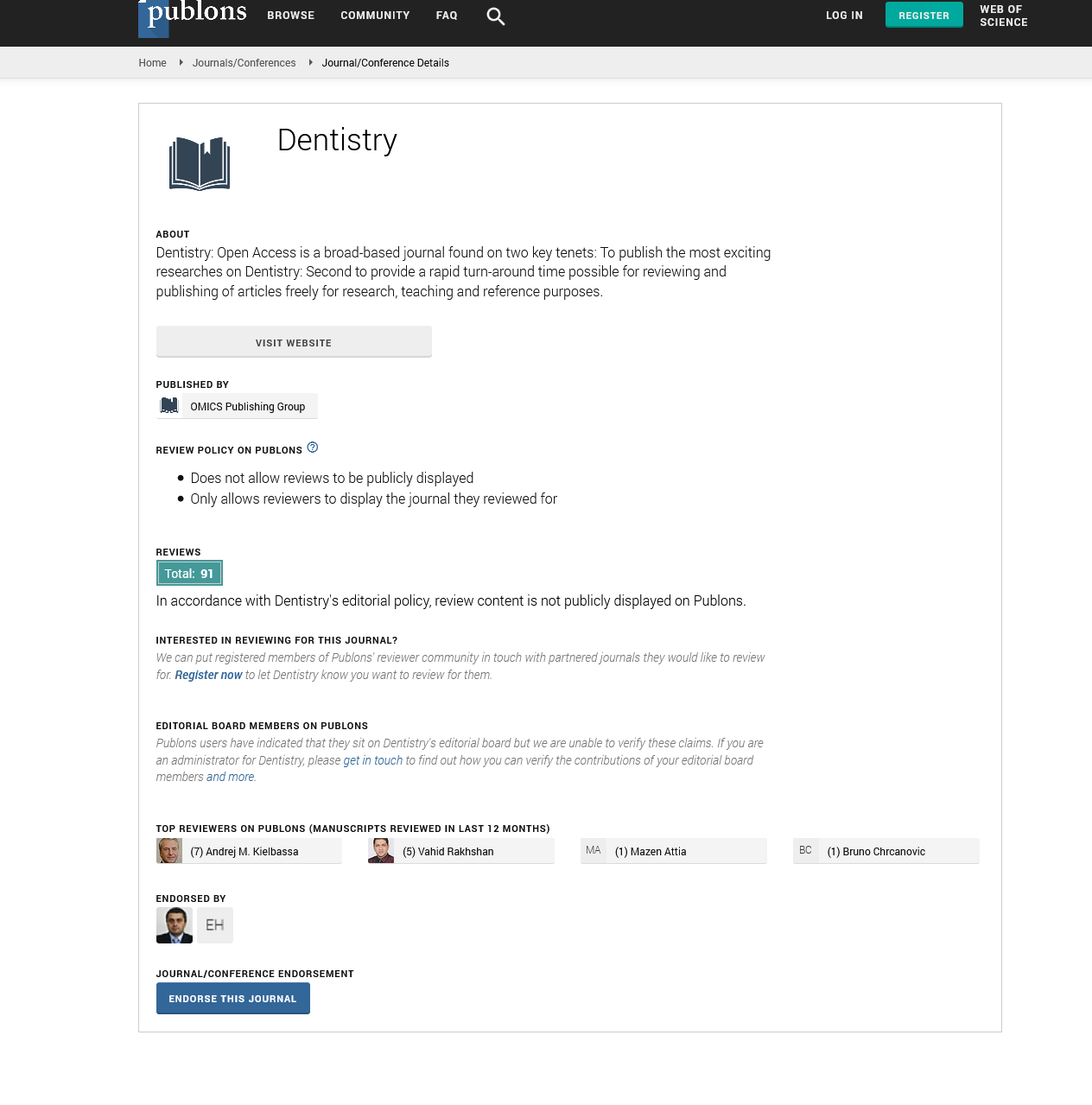Citations : 2345
Dentistry received 2345 citations as per Google Scholar report
Indexed In
- Genamics JournalSeek
- JournalTOCs
- CiteFactor
- Ulrich's Periodicals Directory
- RefSeek
- Hamdard University
- EBSCO A-Z
- Directory of Abstract Indexing for Journals
- OCLC- WorldCat
- Publons
- Geneva Foundation for Medical Education and Research
- Euro Pub
- Google Scholar
Useful Links
Share This Page
Journal Flyer

Open Access Journals
- Agri and Aquaculture
- Biochemistry
- Bioinformatics & Systems Biology
- Business & Management
- Chemistry
- Clinical Sciences
- Engineering
- Food & Nutrition
- General Science
- Genetics & Molecular Biology
- Immunology & Microbiology
- Medical Sciences
- Neuroscience & Psychology
- Nursing & Health Care
- Pharmaceutical Sciences
Tumours of the oral cavity
23rd International Conference on Dentistry and Dental Materials
July 19-20, 2018 | Rome, Italy
Renato Covello
Regina Elena National Cancer Institute, Italy
Posters & Accepted Abstracts: Dentistry
Abstract:
Tumours of the oral cavity and oropharynx may be either epithelial, mesenchymal, or haematolymphoid. Epithelial tumors may be classified as those originating within the epithelium lining of the oral cavity and oropharynx and those derived from salivary gland tissue. Squamous cell carcinomas (SCC) amount to more than 90% of malignant tumors of the oral cavity. As in other parts of the upper aerodigestive tract, there is a strong association with tobacco smoking and alcohol abuse. In some regions, particularly the Indian subcontinent, oral cancer is among the most frequent malignancies, largely due to tobacco chewing. Patients with small oral and oropharyngeal SCC are often asymptomatic or may present with vague symptoms and minimal physical findings. Hence, a high index of clinical suspicion is needed to diagnose small lesions, especially if the patients have tobacco and alcohol habits. Tumour size and nodal status are the most significant prognostic factors. Histological grade correlates poorly with patient outcome. The value of grading improves only when the deeply invasive margins of the tumour are evaluated. Although there has been considerable progress in the understanding of the genetic and molecular events underlying the progression of precancerous lesions to invasive carcinomas, this has yet to be translated into novel therapeutic strategies.

